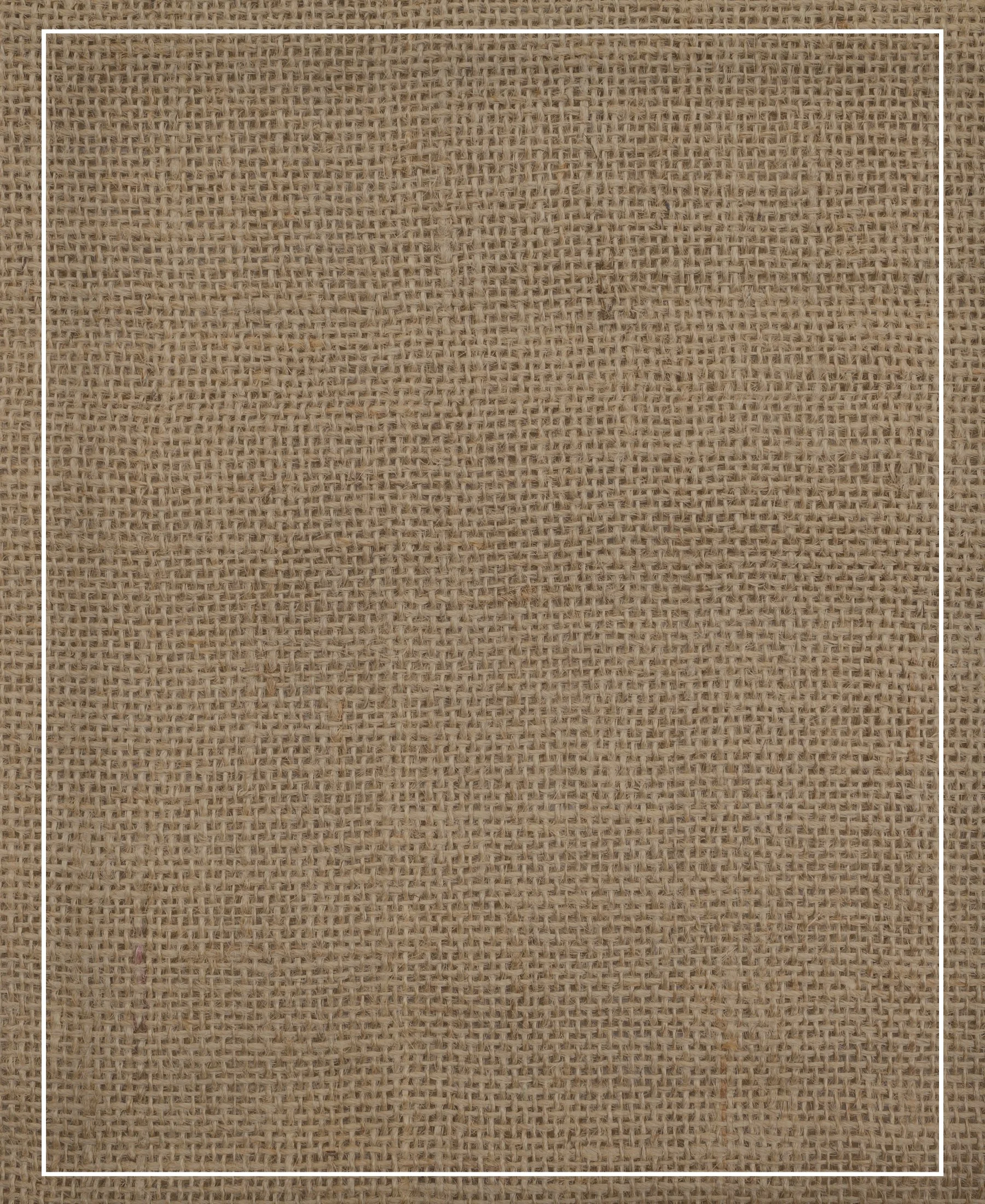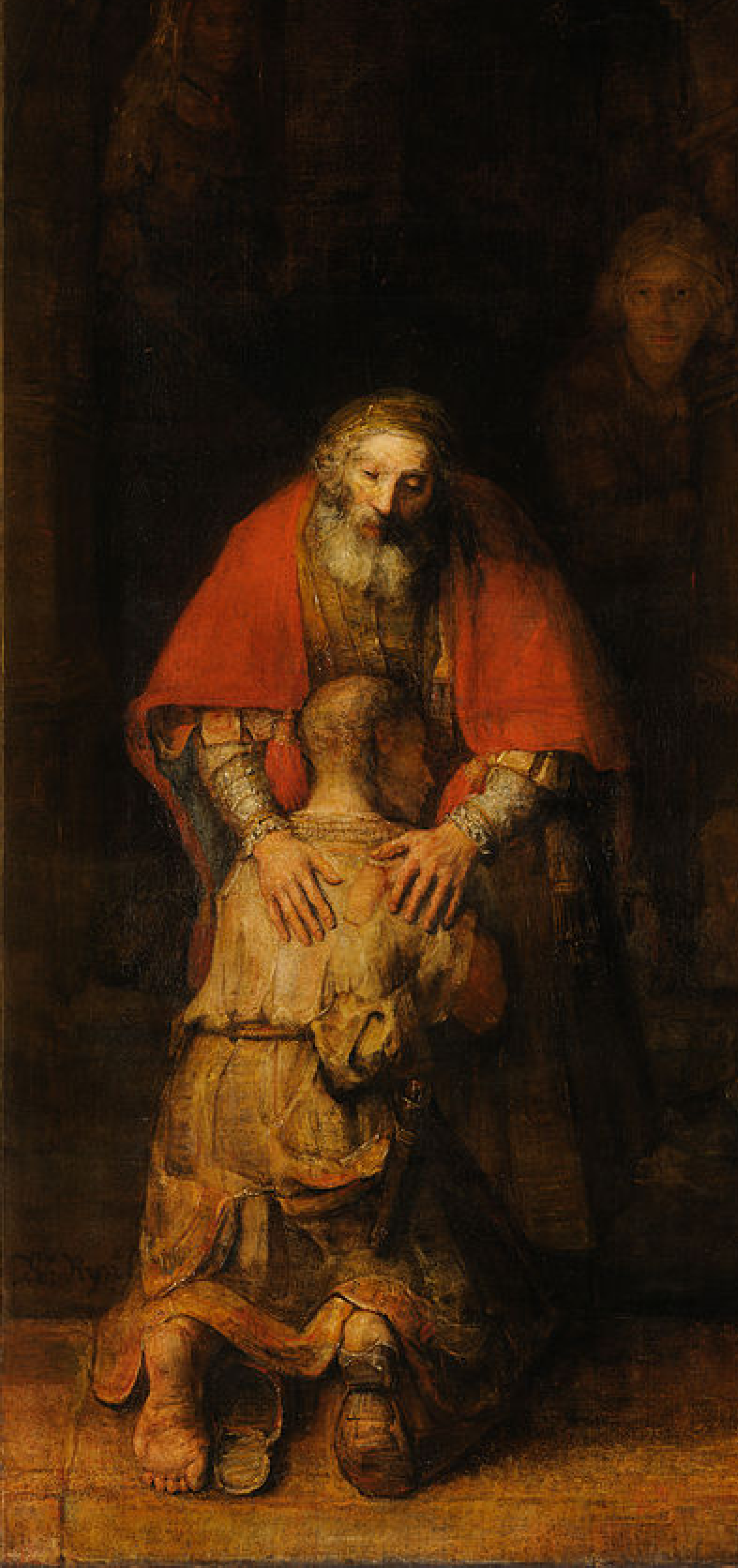Our mother who is among us,
we dare not try to name you.
Your reign of love be made real,
on earth and in our lives.
May your longing be our longing.
Give us what we need for living today.
Forgive us for not loving ourselves,
and for not being as loving to others
as you are to us.
Be near to us in our trials,
and birth within us what it takes to confront evil.
For yours is the family of love
we claim as our power and honour.
Amen
Carol Bradsen
On Mothering Sunday, here’s another re-working of the Lord’s Prayer, this time drawing on a long tradition (Isaiah, Anselm and Mother Julian for instance, as well as Jesus himself) which finds in motherhood a powerfully resonant picture of God. The familiar ground of the Lord’s Prayer has shifted in several significant ways. What stands out for you? Perhaps, as well as the obvious shift from ‘Father’ to ‘Mother’, it’s the fact that God is not ‘in heaven’ but ‘among us’; or that the prayer seeks God’s forgiveness for ‘not loving ourselves’; or that it asks God to ‘birth’ in us ‘what it takes to confront evil’. As always, reworked familiar phrases invite fresh insight.
The intentional inclusion in our God-language of traditionally female attributes is something which the theologian Henri Nouwen also saw in Rembrandt’s The Return of the Prodigal, pictured here. Jesus had used this story of the unconditional welcome of the lost son (Luke 15.11-32), to illustrate God’s “outrageous mercy”. Is Rembrandt making a further point? “As soon as I recognised the difference between the father’s two hands,” Nouwen wrote, “a new world of meaning opened for me.” By giving him one strong, muscular hand, and one softer and more delicate hand, Rembrandt seems to say that in this God-like figure “both fatherhood and motherhood are fully present”. It’s a point also made by Shirley Erena Murray - especially in verses two and three of her hymn.


